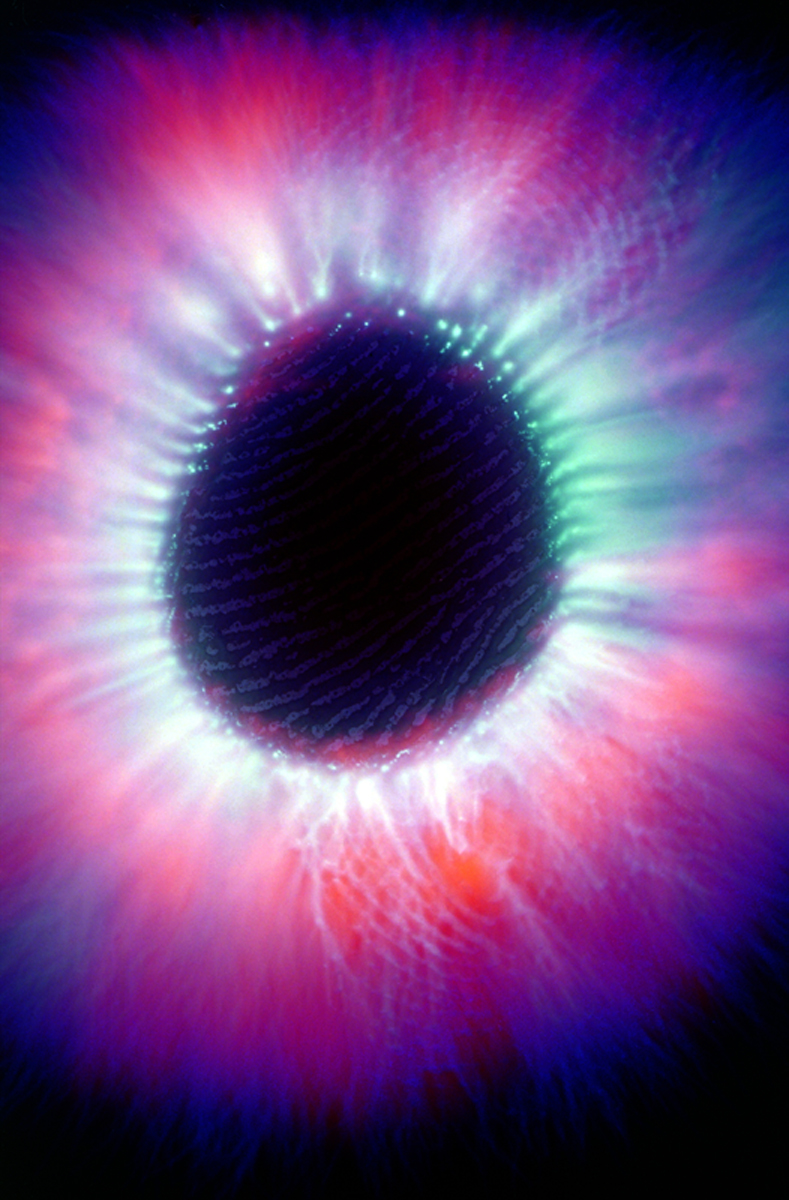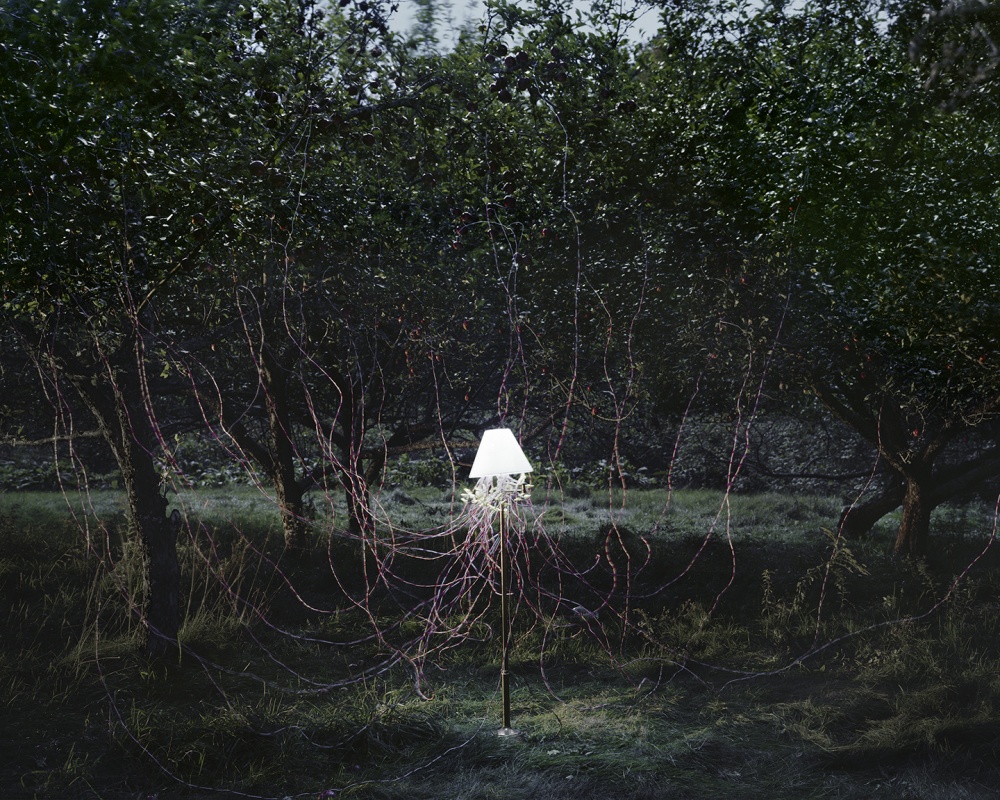
VTOL
Until I die
This installation operates on unique batteries that generate electricity using my blood. The electric current produced by the batteries powers a small electronic algorithmic synth module. This module creates generative sound composition that plays via a small speaker. The blood used in the installation was stored up gradually over 18 months. The conservation included a number of manipulations to preserve the blood’s chemical composition, color, homogeneity and sterility to avoid bacterial contamination. The total amount of blood conserved was around 4.5 liters; it was then diluted to yield 7 liters, the amount required for the installation. The blood was diluted with distilled water and preservatives such as sodium citrate, antibiotics, antifungal agents, glucose, glycerol etc. The last portion of blood (200ml) was drawn from my arm during the performance presentation, shortly before the launch of the installation.






